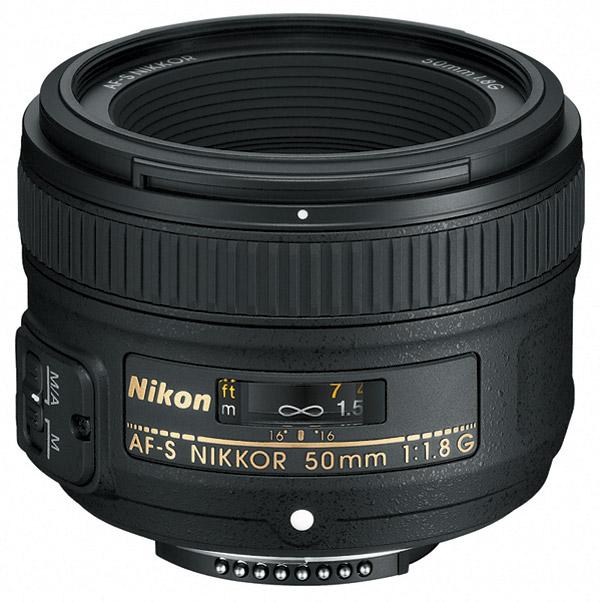Lens News
Sort By: Post Date TitlePublish Date
|
Feb 07, 2013 |
First Published: Jan 01, 2013
|
Dec 14, 2012
|
Sep 24, 2012 |
First Published: Aug 01, 2012
|
Aug 09, 2012 |
First Published: Jul 01, 2012
|
Jun 18, 2012 |
First Published: May 01, 2012
|
Jun 15, 2012 |
First Published: May 01, 2012
|
Jun 06, 2012 |
First Published: May 01, 2012
|
May 16, 2012 |
First Published: Apr 01, 2012
|
Apr 11, 2012
|
Nov 22, 2011 |
First Published: Oct 01, 2011
|
Sep 23, 2011 |
First Published: Aug 01, 2011
|
Sep 15, 2011 |
First Published: Aug 01, 2011
|
Sep 14, 2011 |
First Published: Aug 01, 2011
|
Sep 09, 2011 |
First Published: Aug 01, 2011

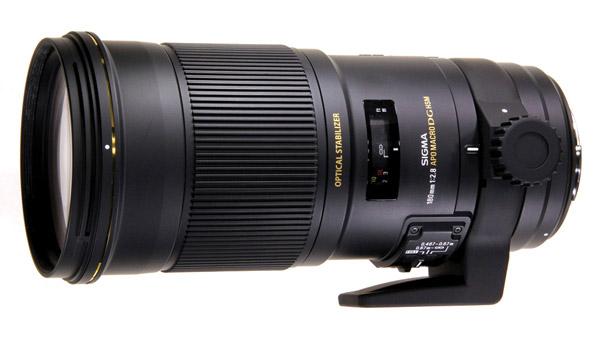
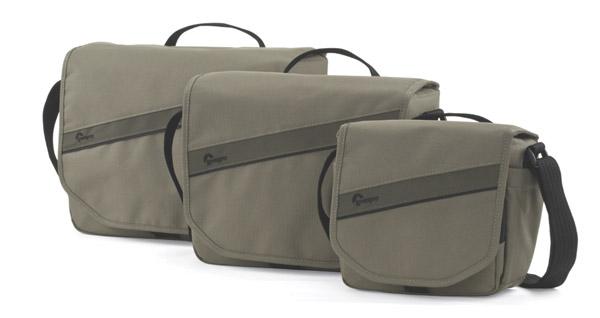

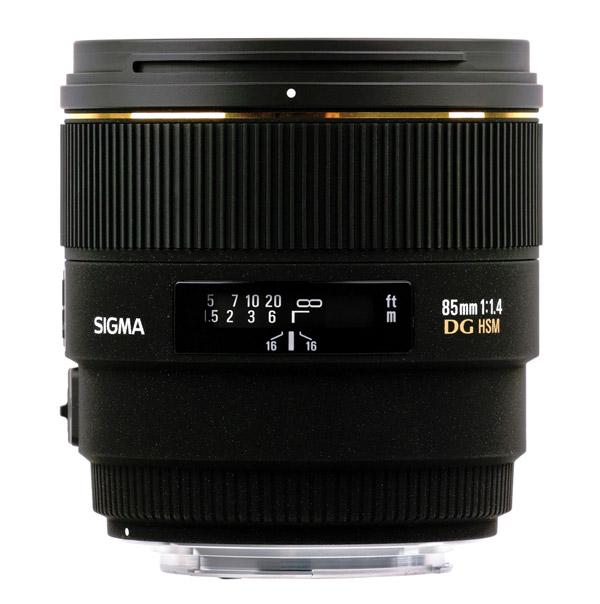

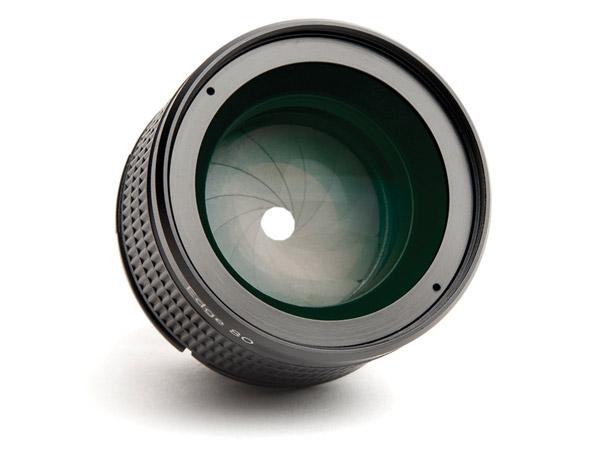
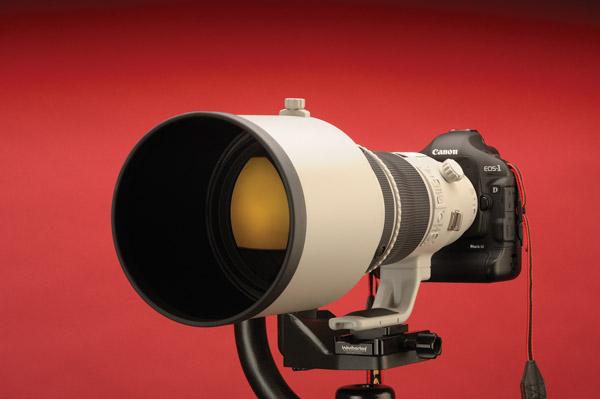

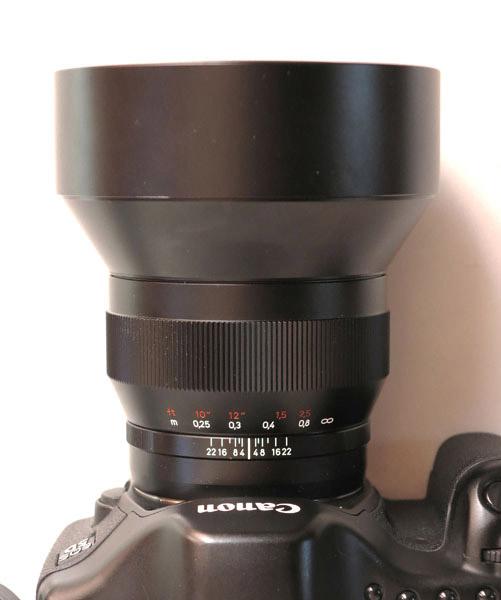
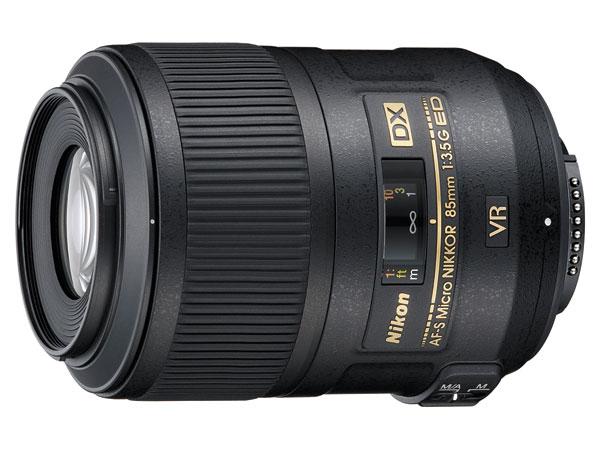

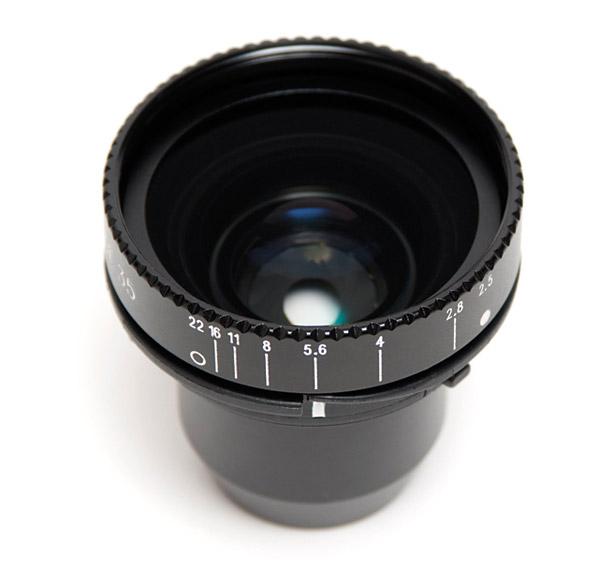
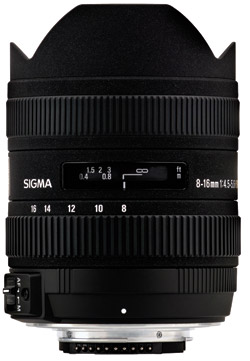 I really like extreme lenses. Extremely wide, extremely fast, and extremely long lenses will all allow you to create unique images that stand out from the crowd. When I heard about the Sigma 8-16mm lens I wanted to get my hands on one and start shooting, so I asked my editor if I could borrow one from Sigma for testing. He wanted to know what I was going to do with it, so naturally I told him: take portraits. You might, as he did, find this a little odd—taking portraits with a wide-angle lens, and a very wide lens at that. After all, don’t photographers usually use long lenses for portraits?
I really like extreme lenses. Extremely wide, extremely fast, and extremely long lenses will all allow you to create unique images that stand out from the crowd. When I heard about the Sigma 8-16mm lens I wanted to get my hands on one and start shooting, so I asked my editor if I could borrow one from Sigma for testing. He wanted to know what I was going to do with it, so naturally I told him: take portraits. You might, as he did, find this a little odd—taking portraits with a wide-angle lens, and a very wide lens at that. After all, don’t photographers usually use long lenses for portraits?